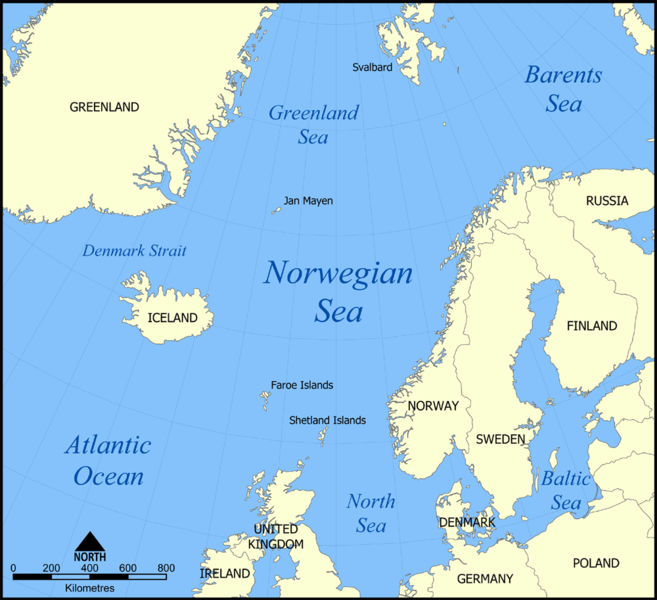What’s the largest waterfall in the world? If you’re talking by flow rate, it’s Inga Falls. If you mean the tallest, it’s Angel Falls. The widest? Khone Falls. But if you want to know the very largest waterfall in the world, you’ll have to look beneath the ocean. That’s where you’ll find the Denmark Strait Cataract, an underwater waterfall with measurements that make the others look laughable.
Don’t Go Chasing This Waterfall
Buried far underneath the water’s surface in the Denmark Strait between Greenland and Iceland hides the largest waterfall known to man. Underwater waterfalls, known as cascades—or, when they’re really big, cataracts—exist when cold and warm water meet. The molecules in cold water don’t move around much, so they stay close together and make the water denser than warm water, whose molecules tend to buzz around and leave more space between them. That makes cold water sink straight down through warm water, creating a steady and consistent flow. Read more



